Best Things to Do in Charleston, South Carolina – Fully Explained

Best Things to Do in Charleston: Charleston, South Carolina is a must-see for foodies and history fans. However, there is more to see than well-known forts or ghost tours. Plantations, strolling tours, a tea estate, and a distillery are among the top things to do in Charleston.
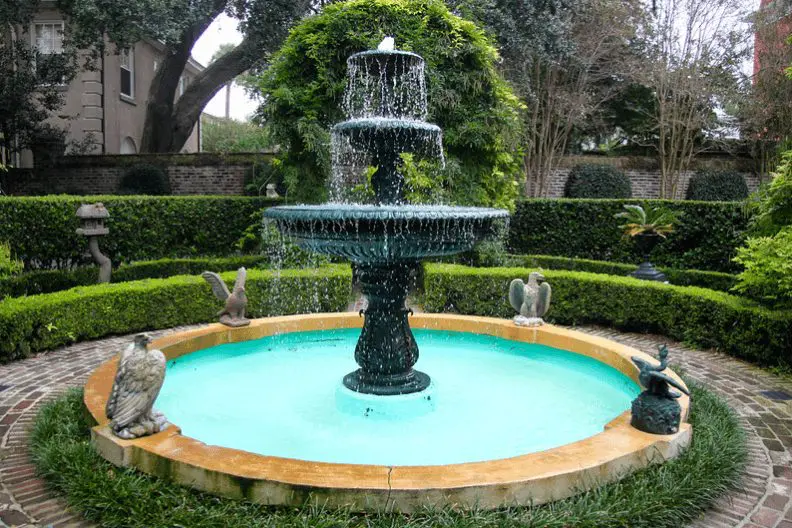
Old Town Charleston
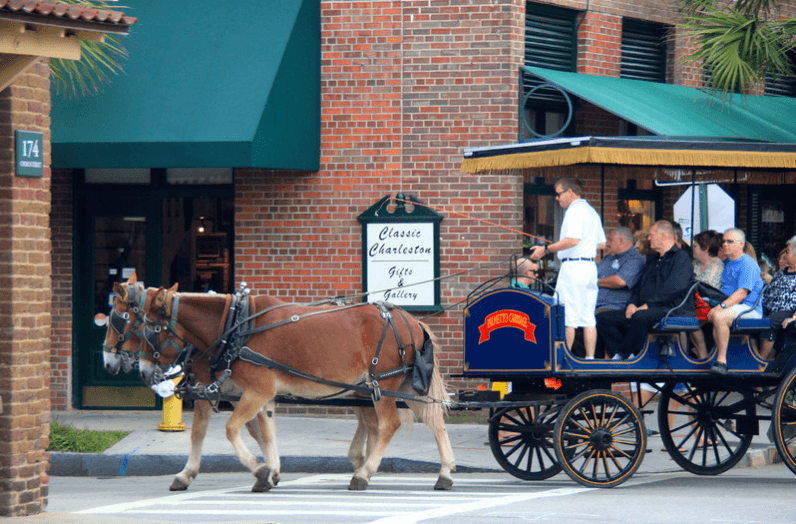
Carriage Tour of Charleston
The carriage trip is the most well-known tour of Charleston, and it is the one I would recommend you take first. A carriage tour is an excellent way to become acquainted with ancient Charleston. The carriage tours operate in such a way that each receives a unique route, distributing some of the tour traffic among the lesser streets of the old town. So you can take a tour twice and experience fresh sights each time.
Tours begin at about $35 per person and include a competent guide. The carriage drivers were better guides than the ordinary walking tour guide in the city, in my opinion. The tours last around an hour. Day tours, night tours, and even ghost tours are available.
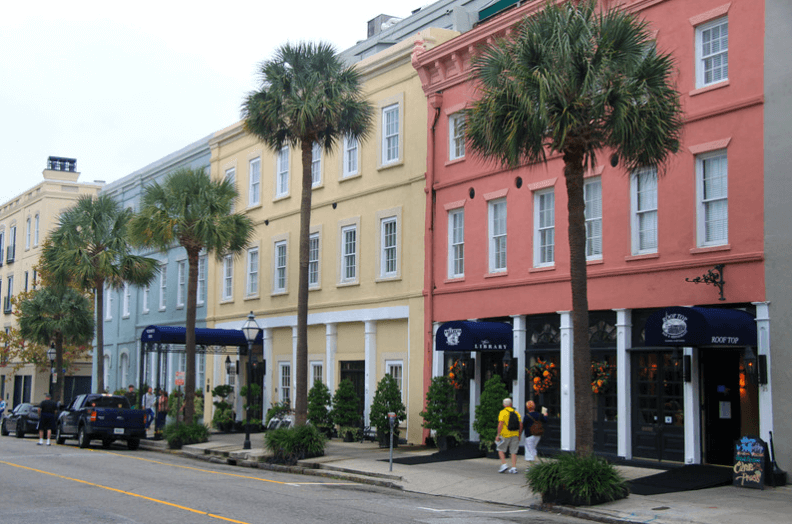
Walking Tours of Charleston
In Charleston, there are numerous walking tours to choose from. Historic hikes across town are available, as are ghost tours and cuisine tours. Some tour guides know more than others. Our tour guide also conducted ghost tours, implying that the narrative is more about their strength than reality.
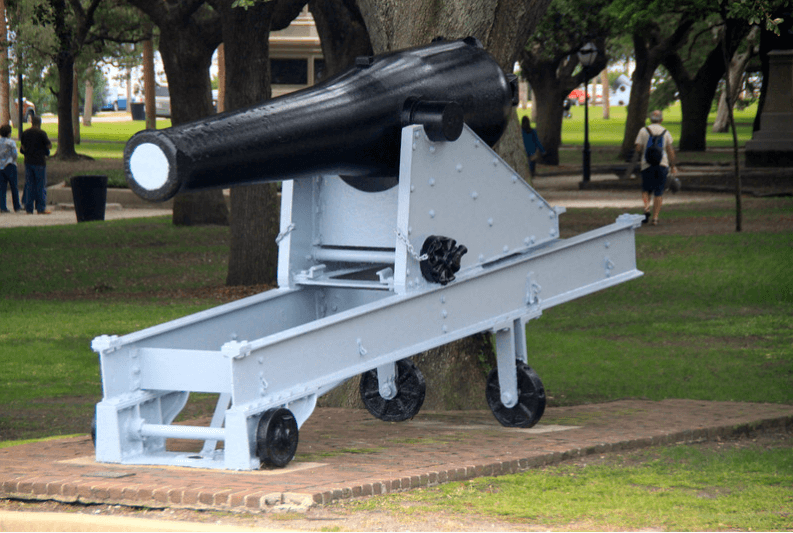
The most common lie told on historic tours is by the guide who points to the big cannons in White Point Garden on Charleston’s southern tip and makes sweeping gestures out towards Fort Sumter, saying something about how the Civil War began here when the Confederates shelled the Union, Fort. No. The shelling came from Fort Johnson and Fort Moultrie, which were on each side of Fort Sumter… but it makes for a wonderful story.
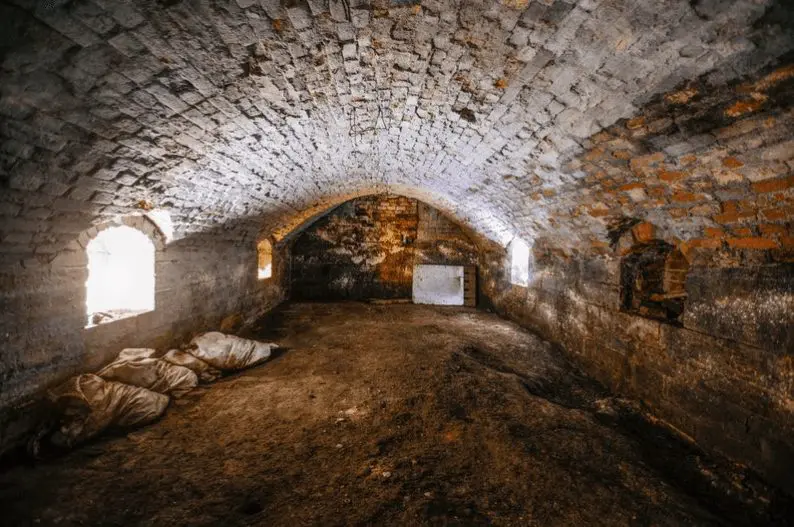
Ghost tours aren’t my thing, but they’re a big deal in Charleston. They provide a Ghost and Dungeon Walking Tour that lasts about an hour and a half and visit sites related to voodoo, pirates, and ghosts. There will be graveyards, back alleys, and spooky houses.
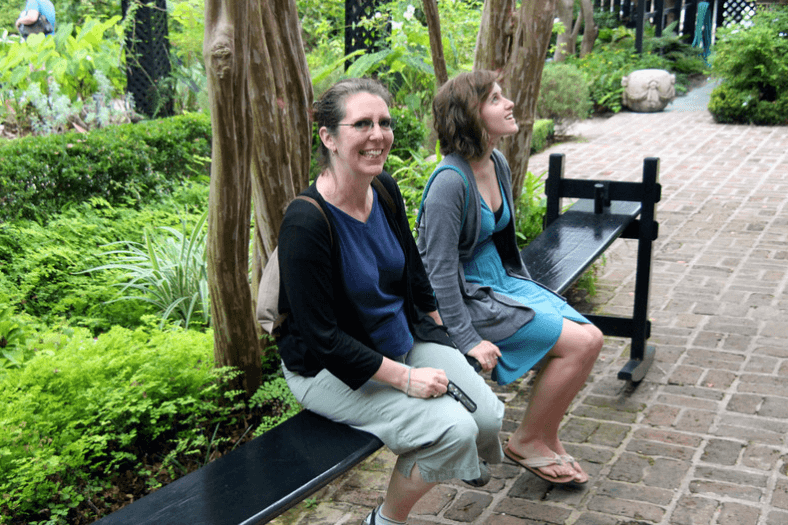
Keep an eye out for a joggling board whether you’re on a walking tour or just strolling through the old town. These long flexible bouncy benches were originally designed as a kind of exercise… but they are now just for pleasure.
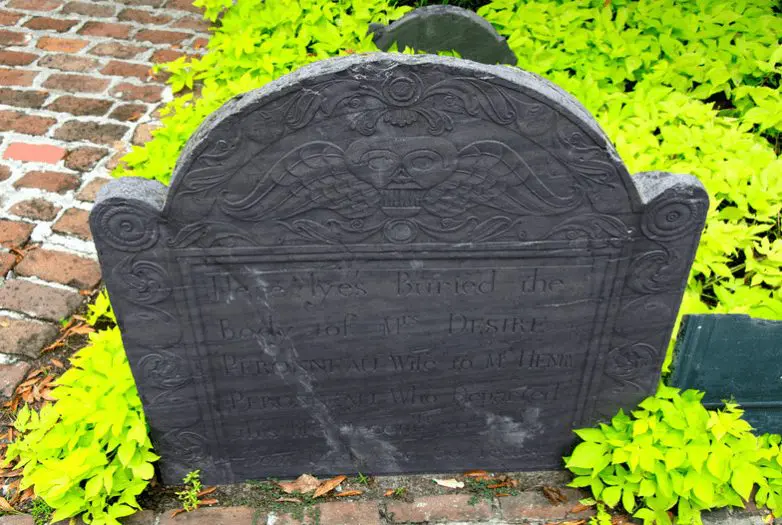
Circular Congregational Church Graveyard
The Circular Congregational Church has Charleston’s oldest colonial graveyard. There are 700 tombs here, 150 of which date back before 1776. The “death’s head” featured in many early burials can be seen in the grave above. The skull denotes death, yet the wings signify the possibility of life beyond death.
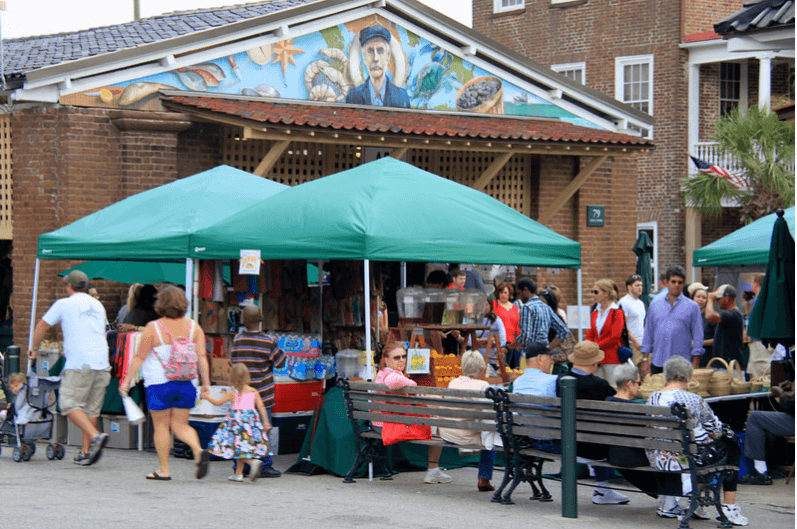
Historic Charleston City Market
The Historic Charleston City Market is a four-block-long, narrow structure in the heart of historic Charleston. Since the 1790s, this location has served as a market. There are several businesses selling Christmas items, headwear, gourmet cuisine, chocolates, art, jewelry, and souvenirs. The market is open daily and on Friday and Saturday nights from 6:30 p.m. to 10:30 p.m.
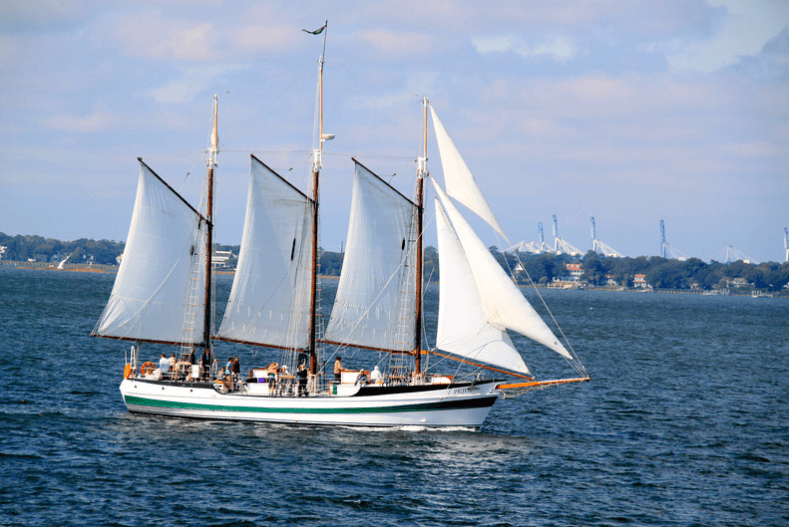
Cruise or Sail the Bay
I fell in love with Charleston while we sailed the bay off its coast on a sailboat. On a warm October afternoon, my thoughts turned to moving to the city. Of course, in the heat of July, I could have felt otherwise, but Charleston does have a lovely protected bay.
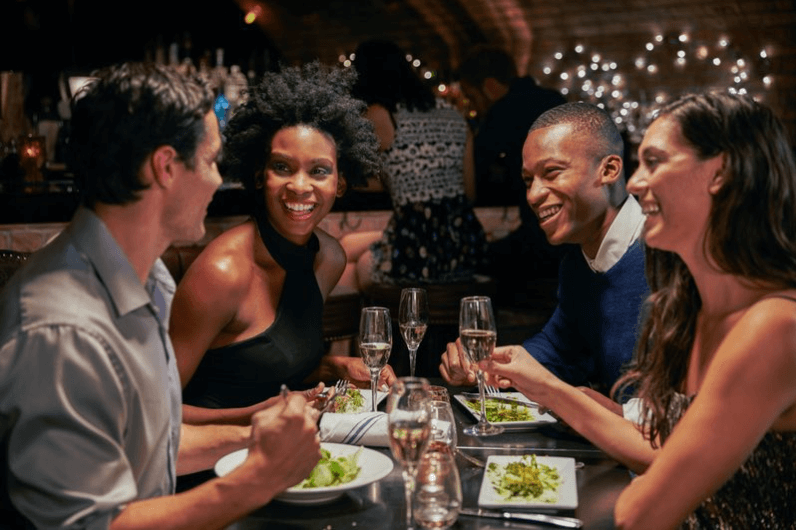
A Luxury Dinner cruise is an alternative way to enjoy Charleston Harbor. A 2.5-hour, three-course southern-style supper on the Spirit of Carolina can be a romantic evening or a dinner with friends.
Best Day Trips from Charleston
Fort Sumter
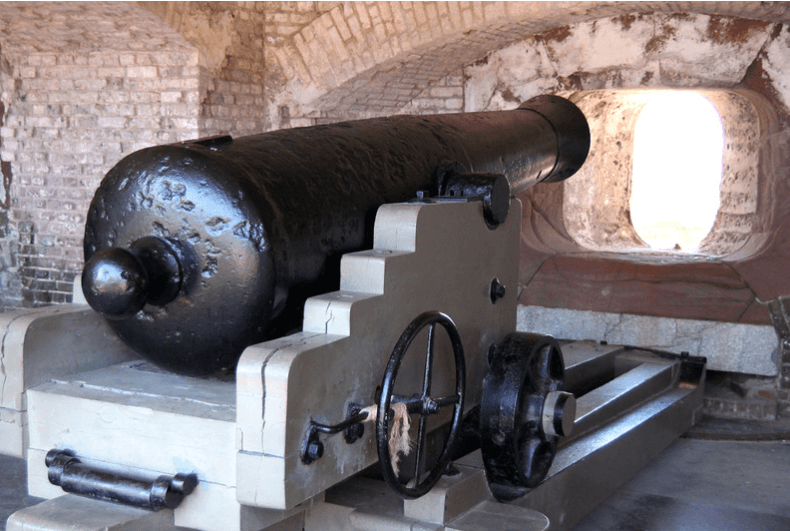
Fort Sumter, located in the mouth of the harbor, is a must-see for history buffs visiting Charleston, South Carolina. This little brick fort on an island barely bigger than the fort itself was the spark that ignited the Civil War.
Fort Sumter History
When the divided election of 1860 resulted in the election of Republican Abraham Lincoln, South Carolina and six other states in the deep South seceded from the Union. While Lincoln did not consider himself an abolitionist (in support of the immediate abolition of slavery), his party’s platform did the demand for slavery to be limited to the current states and prohibited in the territories. Seven of the 15 slave states had departed the union by the time Lincoln was inaugurated in as president in March 1861. Nobody knew if the US would let them go or if a war would erupt. The general belief is that Lincoln desired for the South to fire the first shot in the event of war. Some argue that this was done to reduce the number of slave states leaving the Union, while others argue that Congress would not declare war otherwise.
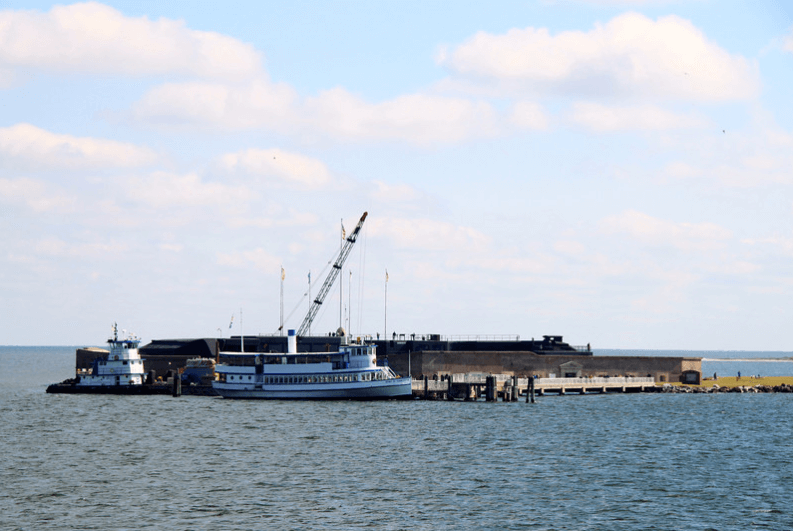
After the War of 1812, Fort Sumter was built to safeguard Charleston Harbor. A British fleet sailing into the Chesapeake Bay and setting fire to Washington D.C. had made an impression on the new country. However, when the Civil War broke out, the fort was not fully staffed. It was supposed to have 135 guns and 650 troops, but it only had 60 cannons and 85 men after Union soldiers from adjacent defenseless Fort Moultrie rowed over to Sumter in the middle of the night headed by Major Robert Anderson. Local residents were outraged by this action, and the fort’s capitulation was demanded.
Check Also: Turkish Youngsters Travel Across Europe Through DiscoverEU – Fully Explained
The fort’s supplies were running low, so the new president had to decide whether to send more. Before the supplies ran out on April 15th, Lincoln agreed to send supplies and extra men (but no guns). The Confederates, led by General P. G. T. Beauregard, who had been Anderson’s pupil at West Point, opened fire on April 12th. When fires sparked by the cannonade threatened to ignite the ammo magazine, Union soldiers were compelled to surrender.
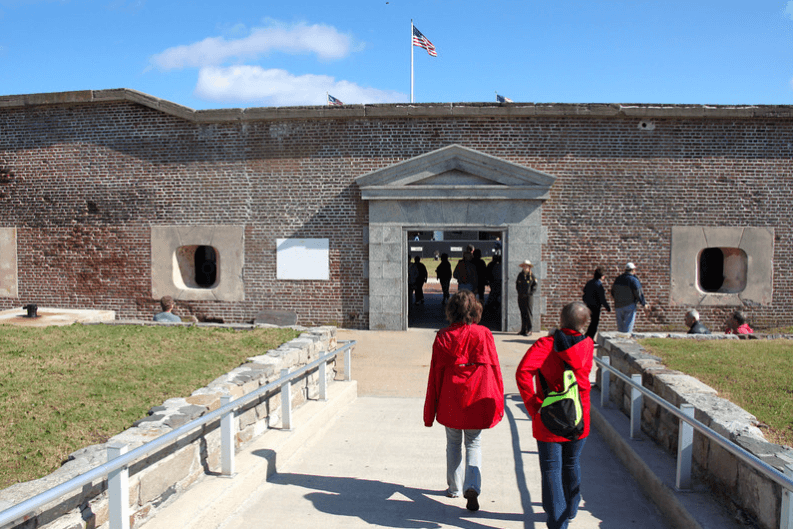
As brutal as the American Civil War was, it is ironic that just one person died as a result of the shelling: a Confederate artilleryman killed when one of his own cannons burst. A Union gunner was also killed when his gun exploded during the 47th shot of a 100-shot salute… after the fort had been surrendered.
Four more states joined the Confederacy after the shots were fired at Fort Sumter (Virginia, Arkansas, North Carolina, and Tennessee), although four slave states remained in the Union (Maryland, Delaware, Missouri, and Kentucky). More than 700,000 people would die before the Civil War ended, more than in all previous American battles combined.
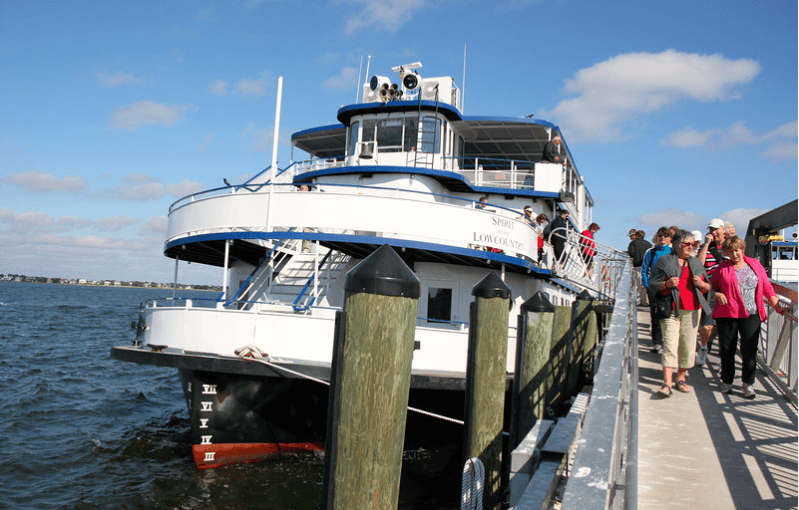
Visiting Fort Sumter
Take a ferry from the Aquarium Wharf in downtown Charleston or the Patriots Point Maritime Museum in Mt. Pleasant to Fort Sumter. The fort itself is free to enter, but you can only get there by ferry, which costs $18 for adults and $11 for children over the age of three. The Aquarium Wharf is approximately one mile from the Historic Charleston City Market. Allow 2 hours and 15 minutes for the trip in total.
They narrate the narrative of the catastrophic fight in 1861 during the boat voyage out to Fort Sumter. Look for dolphins swimming beside the ferry on the way out to the Fort, since they are frequently seen in the bay.

For those who skipped the little exhibit at Aquarium Wharf and fell asleep on the ride out to the fort, Park Rangers deliver a discussion about the fort’s history and the beginnings of the Civil War within the fort.
Because Fort Sumter was not decommissioned immediately during the Civil War, it has experienced tremendous alteration since that time. The modern fort is not as tall as the Civil War one, which was twice as tall. There is also a fort within the fort, which was constructed in 1898 in response to the Spanish-American War.
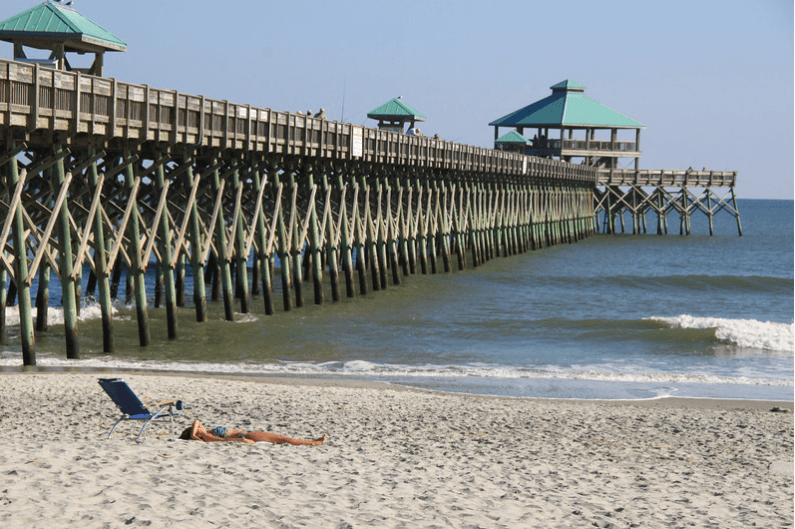
Folly Beach
Folly Beach is one of the most prominent beach communities in the area. Folly Beach is located around 20 minutes outside of Charleston. Folly Beach has a number of interesting eateries as well as a family-friendly beach.
The historic Folly Beach Pier is currently being renovated and is scheduled to reopen in the spring of 2023. There are several hotels in the neighborhood, and a few days at the beach can be an enjoyable complement to a Charleston holiday.
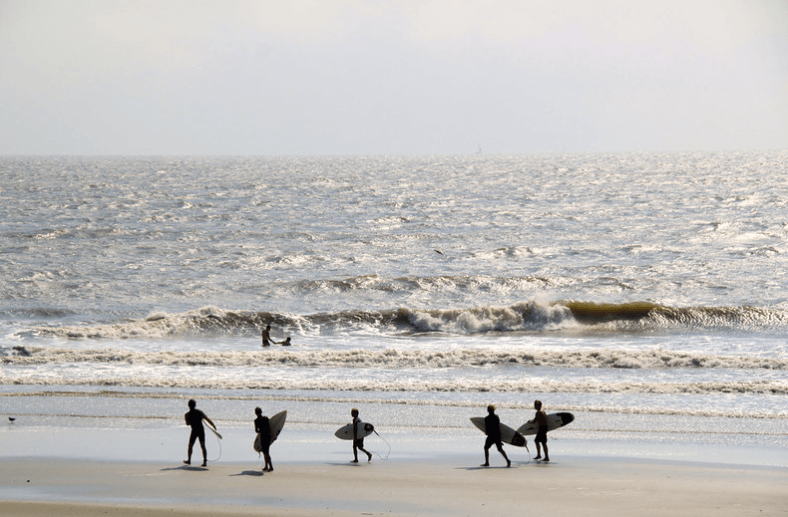
Isle of Palms
The Isle of Palms and Sullivan’s Island area is another popular beach area to the north of the mouth of Charleston’s Harbor. Isle of Palms is more posh and tranquil, whereas Folly Beach attracts a younger clientele.
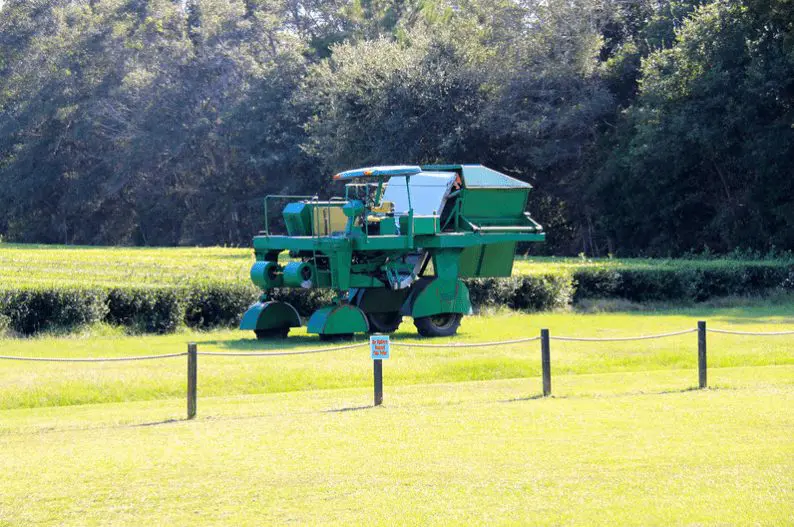
If you thought you had to go to Sri Lanka to observe how tea is cultivated, think again. The only tea garden in North America is on nearby Wadmalaw Island. Did you know black tea, green tea, and oolong tea are all derived from the same tea plant?
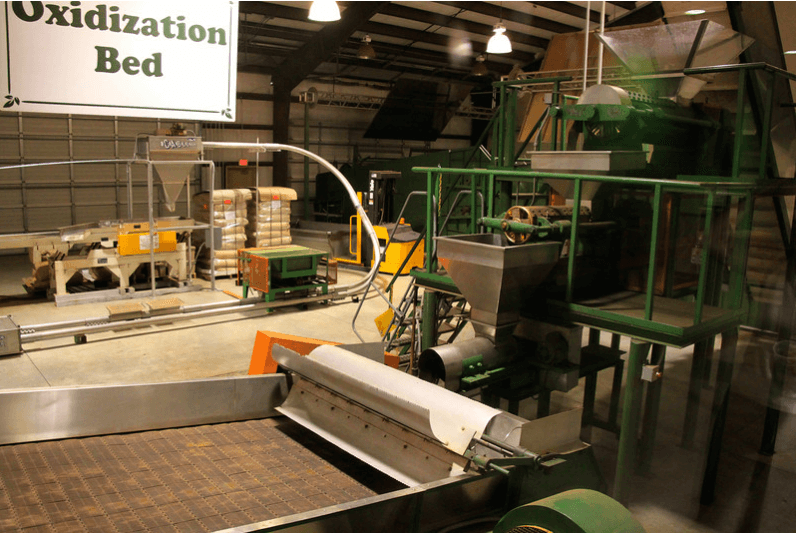
The way the tea is dried and processed distinguishes it. On this factory tour, you may learn about the growing, harvesting, and processing of tea. A 45-minute trolly ride across the area is also available. You can try various teas at their tea bar or sit on their veranda and drink iced tea.
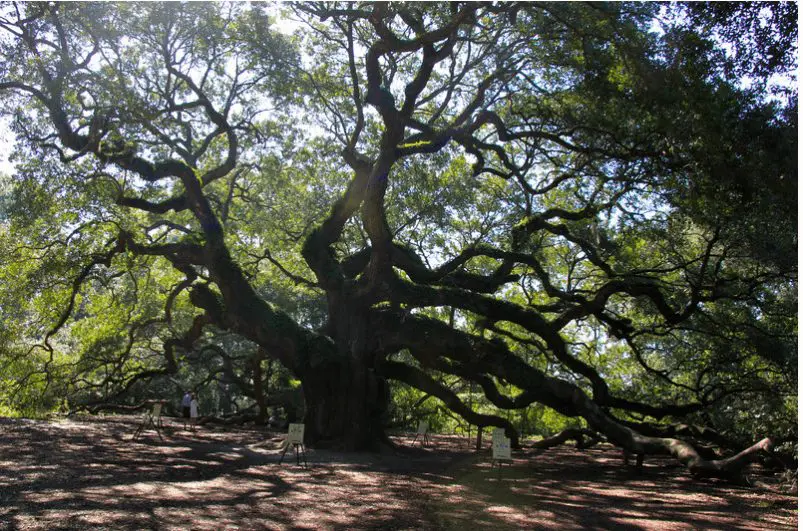
The Angel Oak is a 400-500-year-old huge Southern live oak tree. While it is not the oldest tree in the state (by a thousand years), it is a remarkably large tree. The park hosting the Oak is free to enter, and 400,000 people visit each year. You’ll need a permit to capture special event images here, but you already know you’re going to take a selfie.
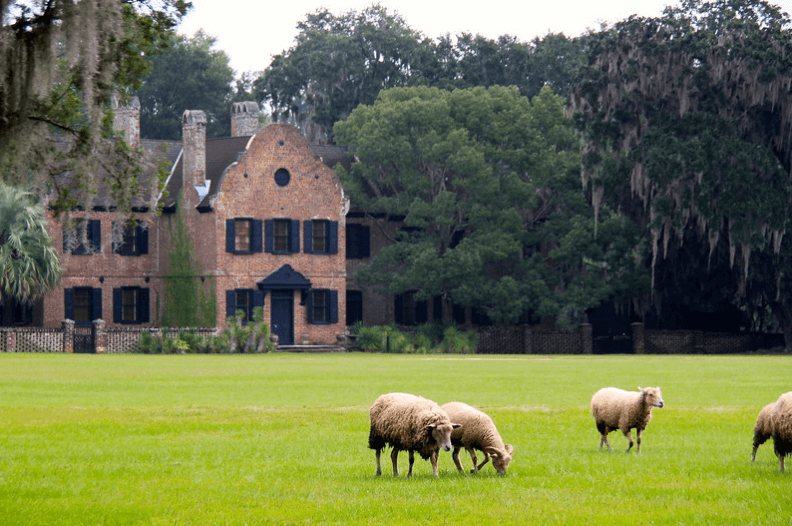
Middleton Place
Middleton Place, in my opinion, is the nicest plantation tour in Charleston. It’s difficult to believe that one plantation could have as much history as Middleton Place. It was home to the earliest formal gardens in what would become the United States. The Middleton family’s history is equally noteworthy.
Henry Middleton was one of the wealthiest men in the South Carolina colony. When he bought Middleton Place, he had 13 separate rice plantations and began to develop its gardens, or rather, he began to lay out the gardens and had them built by 130 of his slaves. Yes, he was a slaveholder, as were the majority of the wealthy men in his colony. He was wealthy enough to avoid living at Middleton Place during the summer months when he could visit his homes in town, North Carolina, or Rhode Island. He also had enough free time to pursue politics, serving as the second president of the Continental Congress.
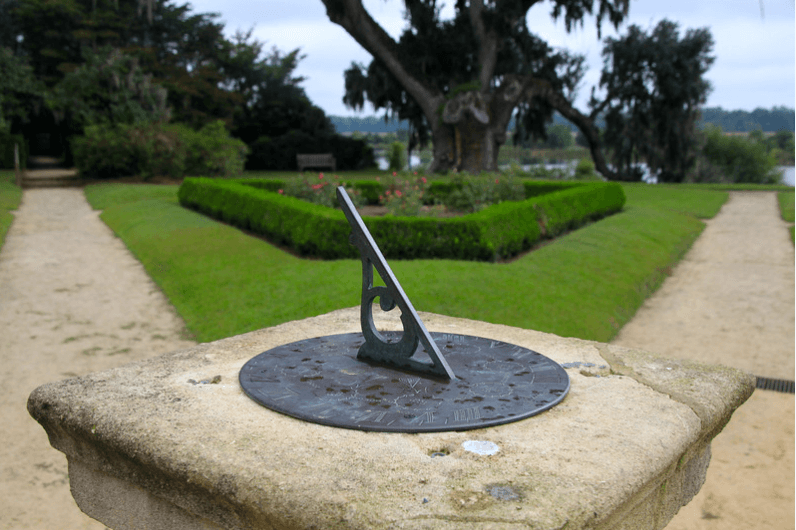
Henry’s son Arthur followed in his father’s footsteps and was one of just two South Carolina signers of the Declaration of Independence. Henry would have attended the convention as well, but his health was declining.
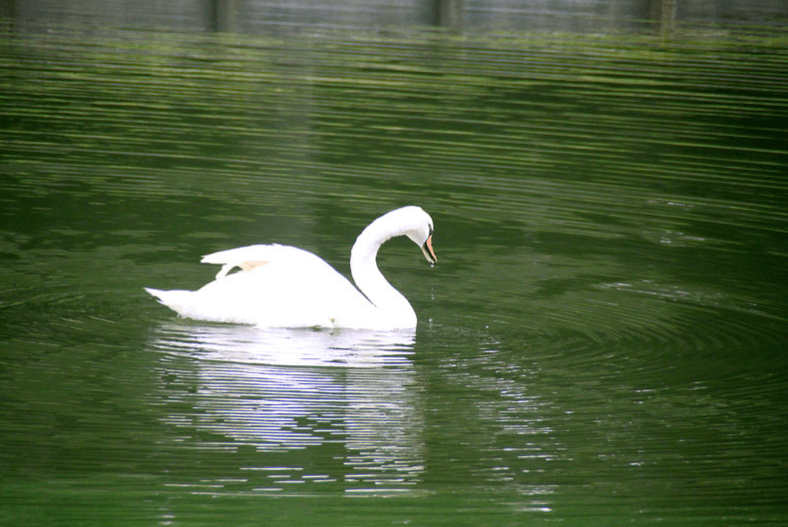
Governor Henry Middleton, Henry’s grandson, was Governor of South Carolina from 1810 to 1812. He also served as Minister Plenipotentiary (ambassador) to Russia for ten years. Czar Nicolas I of Russia presented a painting to Middleton Place as a gift.
Williams Middleton, Governor Henry’s son, signed the Articles of Secession to withdraw South Carolina from the Union at the outset of the Civil War. While Williams considered himself no less a patriot and revolutionary than his grandpa and great-grandfather, the Union soldiers who occupied and burned down the main house late in the war would have described him otherwise.
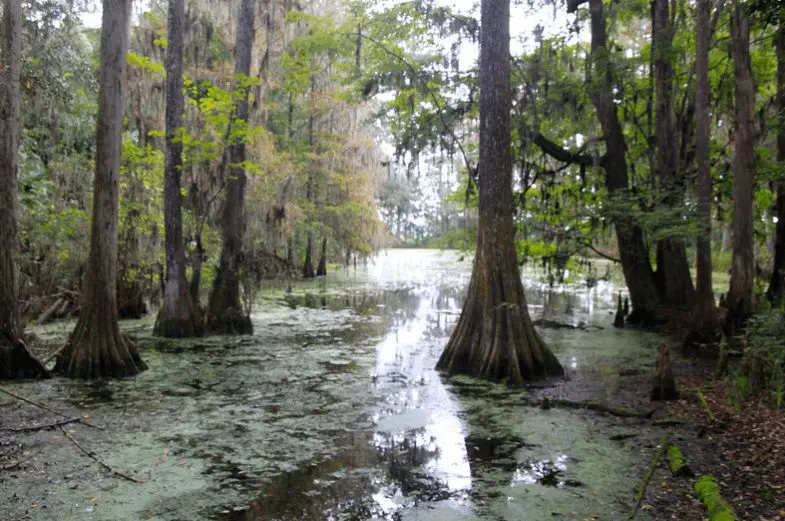
While the main house is no longer standing, the gardens have been restored as “America’s Oldest Landscaped Gardens” and are listed on the National Historic Register. Middleton Place’s grounds contain formal gardens, a South “Flanker” house that survived the Yankee torch, stables, and slave quarters. Formerly a rice plantation, it is now better renowned for lavish weddings.
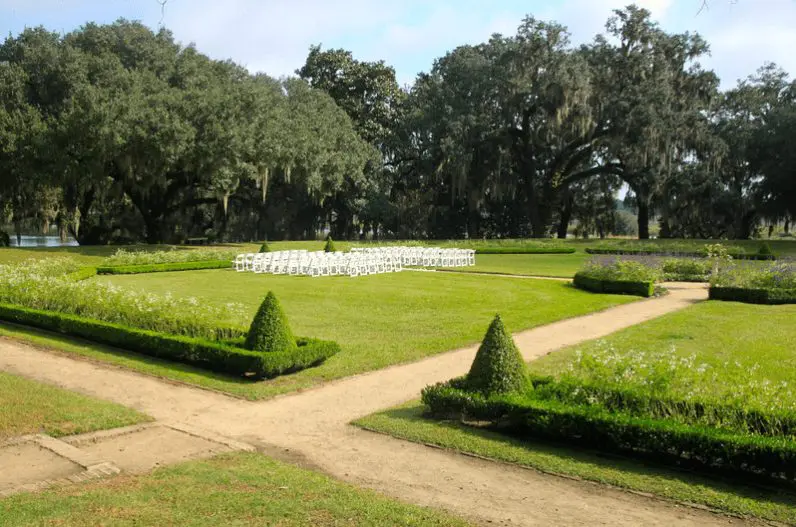
Except for Christmas Day, Middleton Place is open from 9 a.m. to 5 p.m. The cost of admission to the grounds is $29 for adults, $15 for students, and $10 for children. You can save a few dollars by purchasing your tickets ahead of time. The South Flanker House, which is now the Middleton Place House Museum, requires a separate admission fee. A guided tour of the museum costs $15 per person and is highly recommended for history buffs.
Food and Drink in Charleston
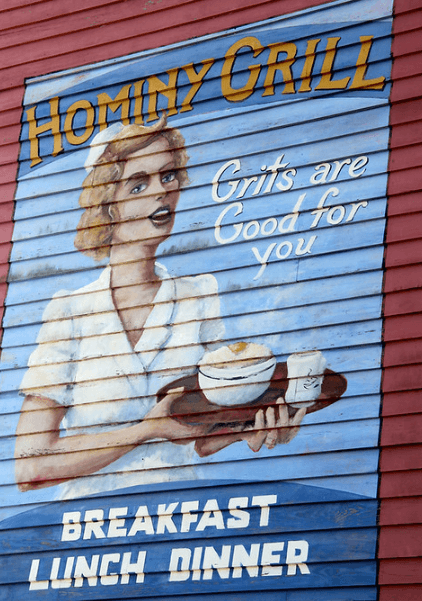
Hominy Grill
Charleston is a fantastic foodie destination. We’ve written about brunch in Charleston before, but one of my favorites was Hominy Grill on 207 Rutledge Ave. It appears that Hominy Grill did not survive the outbreak.
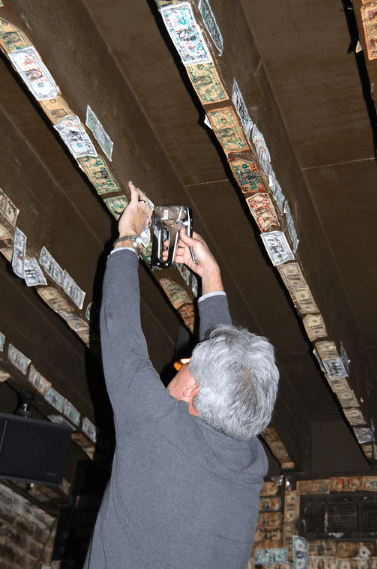
Griffon Pub
The Griffon is a straightforward pub notable for its decorations rather than its fish and chips. People have started stapling money to the pub’s walls and ceiling for whatever reason. They would frequently write their name or the name of a company and then add it to the collection. There are fewer notes than before COVID because the bar owners saved many of the dollars to help their 17 employees buy groceries after COVID shut them down. it, while many local companies can benefit from your purchases these days, they can do it in a variety of ways.
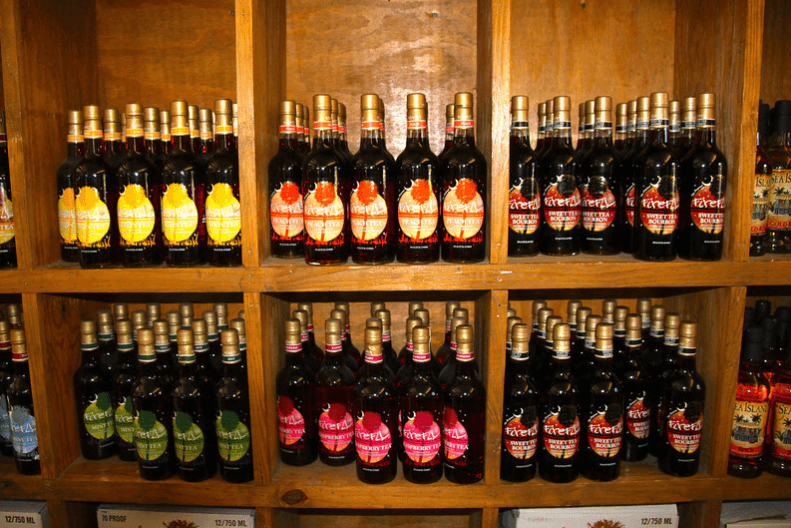
Firefly Distillery
I’m sorry to learn that the Firefly Vodka distillery has relocated from its unusual location on Wadmalaw Island to North Charleston. However, getting to the former location took much longer. They have expanded their vodka production to include rum, moonshine, whiskey, gin, and bourbon.
Visit on a Saturday when there will be a food truck or two for a more laid-back experience. Try a flight or just get some sweet tea vodka for your dog-watching neighbors.
- Firefly Distillery
- 4201 Spruill Avenue
- North Charleston, SC 29405
Where to Stay in Charleston
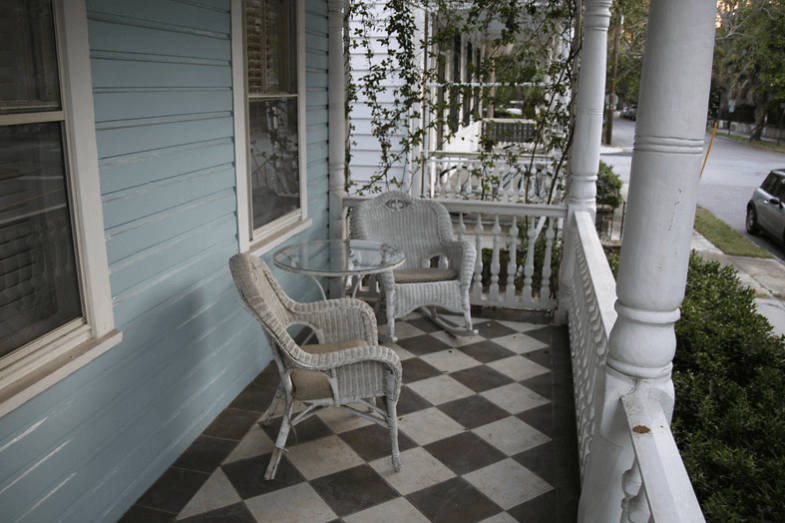
For a week-long vacation in the area, I would stay in downtown Charleston in a historic inn or B&B for 4-5 days and then spend a couple of nights at either Folly Beach or Isle of Palms.
People Also Ask:
-
What is Charleston South Carolina known for?
Charleston is host to the country’s oldest public college, museum, and playhouse. In 1787, the initial golf club in America was created in Charleston. The Arthur Ravenel Jr. Bridge, the world’s longest cable-stayed crossroads, crosses the harbor of Charleston, linking old Charleston with Mount Pleasant, South Carolina.
-
Why is South Carolina so famous?
South Carolina is renowned for its wonderful barbeque, and peach manufacturing, and as a producer of sour tea. In addition, historical sites and landmarks are among the city’s greatest attractions. Tourists may explore decades of American history in South Carolina’s backyard, including Fort Sumter to the USS Yorktown.


